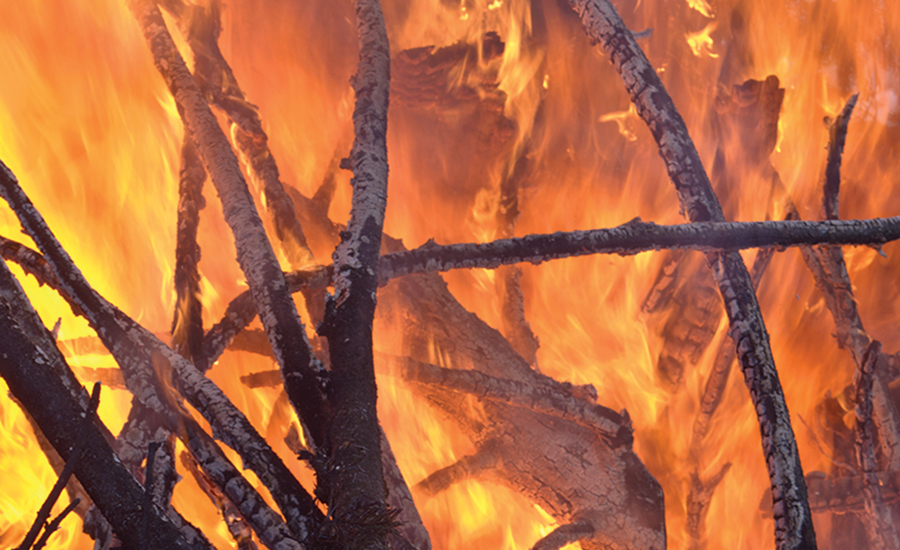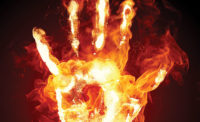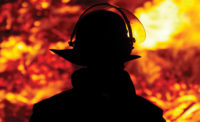It’s been a scorching summer of record-breaking drought and heat in the West. Costly and destructive wildfires in Southern California included one inferno that burned more than 30,000 acres of national forest east of Los Angeles. In Montana, a fast-moving fire in Glacier National Park forced tourists to flee hotels, campgrounds and vehicles.
In 2015 through August 4th, 36,959 large wildland fires had destroyed 5,991,186 acres of land across the U.S., according to the National Interagency Fire Center. What does it take to protect the 13,200 federal wildland firefighters (average pay: $8 an hour) plus thousands of state and local fire fighters who risk their lives to save homes, communities, businesses and natural resources?
The biggest threat
The National Fire Protection Association (NFPA) standard 1977 on protective clothing and equipment to fight wildland fires covers clothing worn during normal firefighting exposure limits. Standard 1977 places particular emphasis on reducing heat stress — the primary cause of wildland firefighter injuries.
All of the PPE covered in the NFPA standard must pass a battery of tests. To be certified, testing and certification of these items is conducted by an independent testing service.
All PPE is subjected to preconditioning — all equipment is at the same temperature and humidity level so NFPA 1977 can be applied equally to all manufacturers.
Garments and the face/neck shroud undergo these tests:
• Radiant protective-performance test
• Flame-resistance test
• Heat- and thermal-shrinkage test
• Total heat loss test
• Tear-resistance test
• Cleaning shrinkage-resistance test
• Seam breakage strength test
Gloves must also pass flame-resistance and heat-resistance tests, as well as tests for conductive heat resistance, thermal performance protection, dexterity, grip and fit. Helmets and footwear are also subject to tests.
Early FR clothing
The U.S. Fire Service defines components of wildland fire PPE. Face and neck shrouds are rectangular pieces of FR cloth that hang down from the firefighters’ hardhats to the level of their shoulders. Shirts and trousers – along with hardhats, eye protection, gloves and boots -- are key components of wildland fire PPE. Work began on FR clothing in 1958. The first product was a shirt treated with fire-retardant chemicals; these were introduced into field use in 1962. FR trousers did not appear until 1974.
PPE challenges
Today’s FR clothing for wildland firefighting employs various proprietary fabrics and fabric blends that are more comfortable, breathable, flexible, durable, wind-resistant and water-repellent, among other features, than the FR clothing of the 1960s and 70s. Breathability and ventilation designs are critical to combat heat stress. Comfort, flexibility, and accurate sizing are musts for firefighter mobility, which is essential when working on steep terrain, in underbrush, digging a fire line with heavy tools to stop the fire’s spread, repelling out of helicopters, sky jumping, even sleeping on the ground. Plus, fire is notoriously unpredictable in its speed and direction, and firefighters need PPE that permits racing through a veritable obstacle course of debris, ditches, tree stumps, brush, hills, ravines and woodlands.
It’s hard to find PPE put to harsher conditions than combatting wildland fires, where advanced heat and flame protection, durable fabric engineering, and heat and vapor transfer technology are musts.




